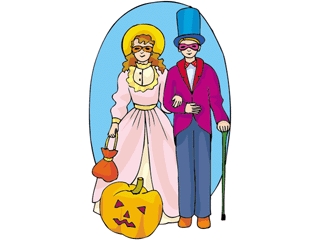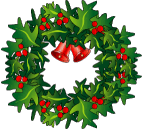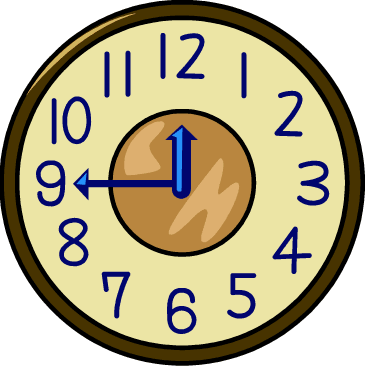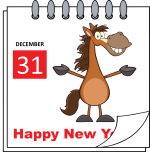ESL Party Reading
This page has an ESL party reading passage and some questions about it. By reading the passage and then answering the questions you will get practice using the party vocabulary.

Read the passage first and try to understand as much as possible. It is good for you to do this as you can work as fast or slow as you need to. Then when you are read you can look at the questions. You then might need to read the ESL party reading passage again then so you can find the specific answers.
If there are any words you do not know, you can try to look them up on the ESL party vocabulary page, as this page has lots of party vocabulary and definitions.
When you have answered all the ESL party reading questions you can use the get score button to see how many you got correct as well as the right answers.
ESL Party Reading Comprehension Passage
Halloween in Britain and America
The Halloween celebration originated from an ancient Celtic festival some 2,000 years ago in the area that is now Ireland. It came to America during colonization and the American version of Halloween emerged as the result of different European and Native American beliefs and customs being mashed-up. By the beginning of the twentieth century, Halloween became a holiday for community and neighborly gathering, and Halloween parties for both children and adults became the most common way to celebrate the day.
Today’s Halloween traditions include trick-or-treating and dressing in costume. Trick-or-treat has its origin in All Souls’ Day parades in England, during which poor citizens would beg for food and families would give them pastries in return for praying for their dead relatives. The practice was eventually taken up by children who would visit houses around their neighborhood and be given food and money. On the other hand, the tradition of dressing in costume has both European and Celtic roots. At that time on Halloween, people wore masks when they left their homes so that the roaming ghosts would not recognize them.
Halloween’s main celebration is parties where guests wear horror costume to reflect the day’s theme. Among teens and kids, however, Halloween costumes inspired by TV shows and movies are more popular, such as pirate, spider man, batman, Disney princess and Star Wars characters. Party venues are usually decorated by various symbols associated with Halloween, such as pumpkin lanterns, witches, wizards, ghosts, spirits and characters from horror films.
Besides attending or throwing a party, many people, especially young adults, like to visit haunted houses. Travel agencies and attractions see this as a business opportunity and offer special Halloween travel packages. The Universal Orlando parks in Florida America, for example, feature haunted houses and “scare zones” that last for weeks to attract tourists from other cities.
Halloween is said to be the second-largest commercial holiday after Christmas. In fact, Halloween has become an industry and grown significantly in the past decades. The Halloween costumes and symbols lead many stores and businesses to promote products with a Halloween theme, which makes Halloween today more commercial. Retailers sell Halloween merchandise while nightclubs, restaurants and bars offer the hosting of Halloween events.
Both in Britain and America, Halloween falls on October 31st but unlike in the USA, Halloween is not a major holiday in the UK. Schools, businesses, stores and other organizations are open as usual and public transport services run normally.
ESL Party Reading Comprehension
Reading comprehension questions that go with the above reading passage.
Other Pages about Party that You Might Like
ESL Party Conversations
ESL Party Listening
ESL Party Vocabulary
ESL Party Writing
ESL 4u home › Reading › Party


|
|



New! Comments
Have your say about what you just read! Leave me a comment in the box below.